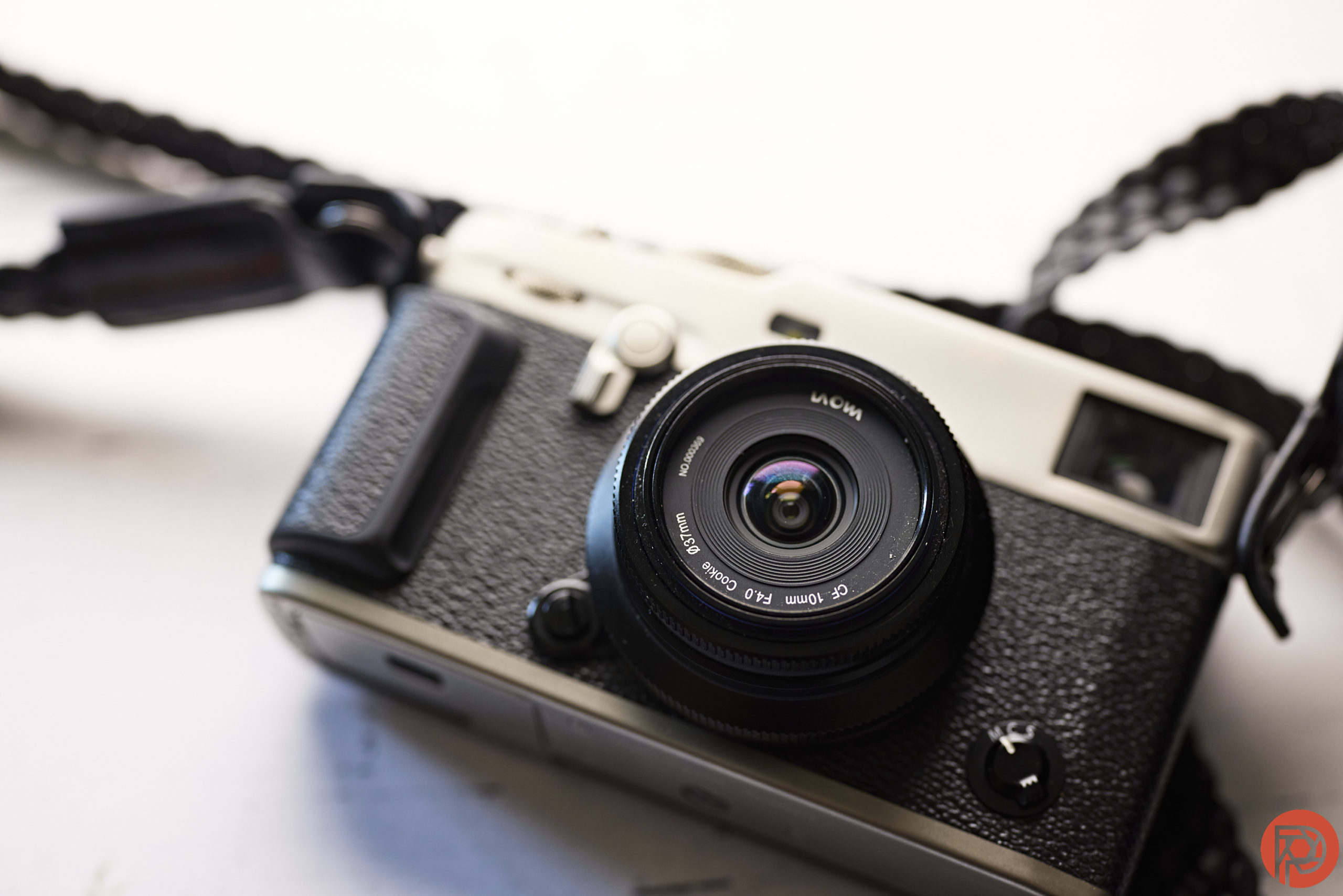The analog SLR era wasn’t exactly flooded with them, but most manufacturers did have at least one or two pancake lenses in their lens lineup. But as digital photography began taking prominence, these compact, almost cute lenses pretty much vanished. Why have Nikon, Canon, and Sony become reluctant to manufacture pancake lenses these days, especially for full-frame cameras?
I go by the moniker of zoomclick on almost all social media platforms. It makes my love of zoom lenses pretty evident. People look at me quizzically when I turn up for photowalks with a 70-200mm. It’s not to say that I don’t like primes; the Nikon Z mount 50mm f1.8s is one of my favorite lenses. And earlier this year, I was eyeing the Nikon Z 28mm f2.8 lens as a street photography lens, especially because of its size. Being a shorter lens, it was the closest one to a pancake lens in the Nikon Z lineup.

Table of Contents
Dear Major Brands, Are You Listening?
This leads me to a question that’s been on my mind for some years now. What’s stopping leading camera brands from providing photographers with a decent selection of pancake lenses? The technology is already there; Canon’s 40mm f/2.8 STM was a fairly popular model in its time. There probably are a few 3rd party lenses that can be classified as pancake lenses, but those aren’t available in this mount. Or they are probably manual focus lenses. I want a small, quick-focusing mirrorless lens from my camera brand; just for my occasional street photography cravings. With every new iteration of a popular lens model, manufacturers now proudly showcase that they are able to bring down the size. So what’s stopping most of them from making pancake lenses that are fun to use, easy to carry around and store, and unobtrusive to the eye? More importantly, why have they stopped manufacturing them when they used to in the past?
Is It Because Of Ergonomics?
Okay, I don’t have chunky fingers, so manual focusing on even the thinnest of lenses isn’t much of an issue for me. But if Fujifilm can create an autofocus f2.8 pancake lens that’s less than an inch thick, then surely others can follow suit. It’ll make your camera setup a lot lighter for one. You can store it away more easily in your camera bag, or even the pockets of some of your trousers and jackets. And it’s also a lot easier to take out without having to worry about your lens snagging on something inside your bag.
If it’s about ergonomics, then why have 3rd party lenses managed to create so many. already? Yongnuo, 7Artisans, Laowa, ExperimentalOptics all have varying focal lengths and apertures in their pancake lenses. But the big guns have far too less in their lineup, or none at all, especially not for their full-frame cameras. Sure, I could use the Nikkor 50mm f1.8 Ai-s pancake lens with my Z6 II. But having to use the thick FTZ II adapter would add more thickness, defeating the purpose. Chunky isn’t what a pancake lens setup should be; rather it’s quite the opposite we’re looking for.
Fujifilm Taking The Lead

If you’ve seen our review of the Fujifilm 27mm F2.8 R WR, you’ll know why more brands need to step up and make pancake lenses. It’s optically better than most Fujifilm kit lenses, squeezing in weather sealing and super center sharpness. You get a 40.5 full-frame equivalent field of view with this lens. It even comes has options for screw-in filters. Features aside, how can you not want a compact and lightweight setup like this in an interchangeable-lens camera? The less you fidget with your lenses, the more you’re likely to focus on improving the frame inside the camera.
Why Not Buy 3rd Party?
The lack of autofocus is a downer for me. It might not be for many others, but I would much rather have auto-focus with my pancake lenses. APS-C and MFT camera manufacturers have been leading the way in pancake lenses for mirrorless cameras. But even then, there isn’t much variety.
It’s not because I want to go around with an extra lens in the pockets of my trousers. It could partially be because, on compact mirrorless cameras, you tend to attract less attention with a smaller setup. And in many cities, that could mean the difference between getting a candid street shot and not. I could be willing to give up a stop of light and accept an f4 pancake lens. But when these have already been made in the past at f2.8, why settle for less now.
Want a pancake lens for your MFT or APS-C camera. Check out this selection on Amazon




